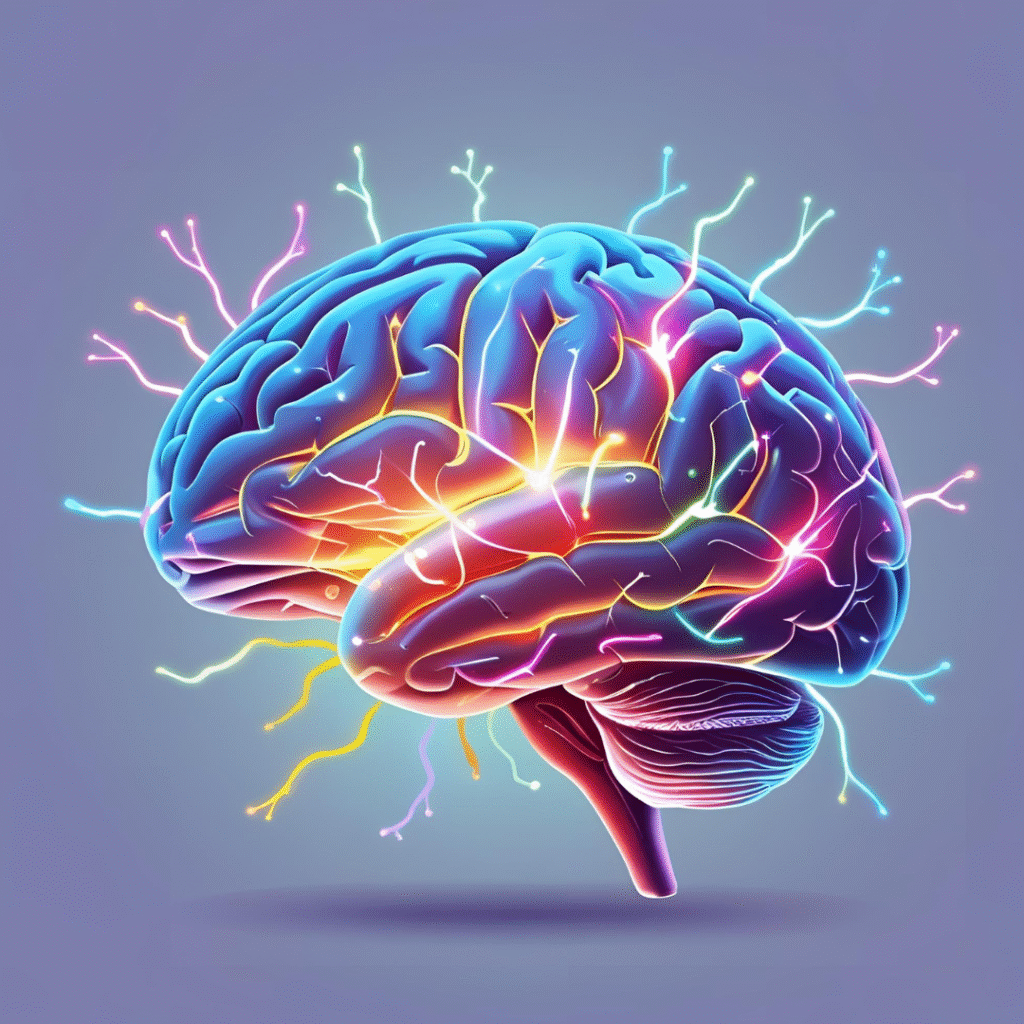What Is Information Processing Theory?
Information Processing Theory is a cognitive framework that compares the human mind to a computer. It describes how people:
- Take in information (input)
- Process and store that information
- Retrieve it when needed (output)
This theory emphasizes the sequential stages through which information flows and how mental “hardware” (brain structures) and “software” (cognitive processes) interact.
It emerged as an alternative to behaviorist psychology, placing focus on mental processes instead of observable behavior alone.
Key Components of Information Processing Theory
Sensory Memory
- Brief storage of incoming sensory information
- Retains info for fractions of a second to a few seconds
- Example: The afterimage you see when a sparkler moves in the dark
Sensory memory prevents sensory overload by allowing only significant information to pass into conscious awareness.
Short-Term (Working) Memory
- Temporary storage for information currently in use
- Capacity: Typically 7±2 chunks of data (Miller, 1956)
- Duration: About 20–30 seconds without rehearsal
This “mental workspace” is crucial for reasoning, comprehension, and problem-solving.
Long-Term Memory
- Nearly limitless capacity
- Stores knowledge, experiences, and learned skills
- Divided into:
- Declarative memory (facts and events)
- Procedural memory (skills and habits)
Long-term memory relies on effective encoding and retrieval processes.
Encoding and Retrieval Processes
Encoding: Transforming sensory input into a form suitable for storage.
Retrieval: Accessing stored information when needed.
Factors influencing these processes include attention, emotional state, repetition, and organization of information.
Historical Development and Key Researchers
- George A. Miller (1956): Introduced the concept of limited short-term memory capacity (“The Magical Number Seven, Plus or Minus Two”).
- Atkinson & Shiffrin (1968): Developed the multi-store model dividing memory into sensory, short-term, and long-term stores.
- Baddeley & Hitch (1974): Proposed the working memory model with multiple subsystems.
- Donald Broadbent (1958): Explored selective attention and the “filter model.”
These contributions shifted psychology toward understanding mental architecture rather than just external behaviors.
Information Processing Theory in Modern Context
Recent research has expanded the theory’s relevance:
- Neuroscience Integration: Neuroimaging shows specific brain regions activated during memory processes.
- Artificial Intelligence: AI models often simulate information processing networks similar to human cognition.
- Educational Psychology: Insights guide teaching methods, optimizing how information is presented and reinforced.
- Emotional Processing: New studies explore how emotions influence memory and attention, refining the original models.
Modern perspectives see the mind as more dynamic and parallel than the rigid, sequential “computer model” initially proposed.
Applications of Information Processing Theory
In Education
- Designing effective teaching strategies
- Using chunking, repetition, and visual aids to enhance memory
- Tailoring instruction for different stages of processing
In Clinical Psychology
- Understanding disorders like ADHD and learning disabilities
- Developing cognitive rehabilitation programs after brain injuries
- Improving memory strategies for older adults
In Technology and UX Design
- Creating interfaces that align with users’ cognitive load capacities
- Designing information architecture for websites and apps
In Artificial Intelligence
- Modeling human-like learning and problem-solving processes
- Building systems that mimic human pattern recognition and memory functions
Critiques and Limitations
Despite its influence, Information Processing Theory faces several critiques:
- Oversimplification: The brain is far more complex and interconnected than a computer analogy suggests.
- Limited Emotion Focus: Early models underestimated how emotions shape cognitive processes.
- Parallel vs. Sequential Processing: Research now shows much of the brain processes information simultaneously rather than strictly step-by-step.
- Cultural Factors: The theory doesn’t fully capture cultural differences in cognitive styles.
Modern psychology acknowledges these limitations while still valuing the theory as a useful framework.













